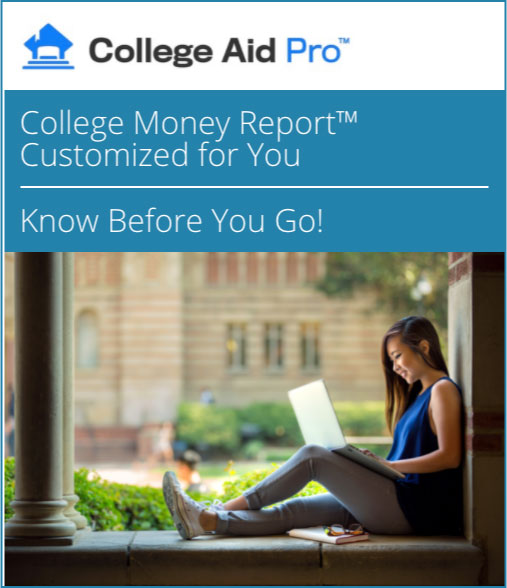Perkins Loan: What was it, why did it die, and what has replaced it?
By Joe Messinger, CFP®
October 3, 2019
The Perkins Loan was a federal loan based on a student’s financial need. While in college, the loan was “subsidized”–it did not earn interest. The interest rate was a low fixed rate of 5%. Not all schools participated in the Perkins Loan Program. What made this loan unique was that the college was the lender–not the government as with other federal loans. Payback on the loan did not start until 9 months after graduation or the student dropped below half-time enrollment. The repayment term was 10 years.
Only about 1,700 colleges participated in the program. Part of the money would come from the government and part would come from the college itself. The college would either send the student a check or simply credit their account. Undergrads were limited to $5,500 per year with a cumulative limit of $27,500. Graduate students were limited to $8,000 per year up to a maximum $60,000.
What happened to the Perkins Loan Program?
Under federal law, schools could no longer issue Perkins Loans as of 9/30/17. Final disbursements ended 6/30/18.
The program started to have budgetary issues in 2015, and the government started phasing it out. Funds were limited and not every student who qualified got money. Some congressmen hoped that they could find a permanent solution and maintain this program for the neediest students (like Ohio’s own Senator Rob Portman), but they were blocked in the US Senate.
Some felt that by letting it expire, they could “simplify and centralize” federal student loans and make it less confusing. Many feel that the need is still there.
If you have a Perkins Loan…
Your repayment period will continue for 10 years from the start of repayment. Your low-interest fixed rate will remain at 5%–that’s probably lower than you can find elsewhere.
Perkins Loans can be discharged (you no longer need to pay it) for a few different reasons including: bankruptcy (in some cases), death, school closure (if the school closed prior to your finishing your degree), service-connected disability (veterans), spouse of a victim of the events of 9/11, or total and permanent disability. Remember, you can’t discharge a loan if you are in default.
Perkins Loans can be forgiven in certain instance for teachers and other public service workers like nurses, firefighters, law enforcement, military, etc. Pay careful attention to the steps needed to qualify.
What has replaced it?
Nothing really. Students with financial need must rely on Pell Grants, Federal Supplemental Educational Opportunity Grants (FSEOG), college aid awards, work-study, subsidized federal student loans, or private loans.
Pell Grants do not need to be repaid. The Pell Grant is for undergrads, and the amount can range from $650 to $6,195 per year in 2019/20. These numbers change from year-to-year and is based on a student’s Expected Family Contribution (EFC).
The FSEOG is money the college receives from the government that they in turn disburse. It can range from $100 to $4,000 per year. Not all schools participate. FSEOG amounts can vary based on other aid a student receives.
Both Pell Grants and FSEOG are awarded as a result of filling out the Federal Application for Free Student Aid (FAFSA). Applicants should file as soon as possible when the application opens on October 1st.
Colleges that meet 100% of financial need are those with endowments large enough to award this type of gift aid. To make up the rest, students are forced to participate in work-study and/or take out federal and private student loans.
Are these enough?
Depends on where a student chooses to go to college. At a community college, maybe yes. At a 4-year college, probably not. The amount of government grants has not kept pace with the cost of education.
Let’s assume a student is lucky enough to get the maximum award for each grant. That would be $10,195. Add in the maximum federal student loan they can borrow as a freshman, $5,500, and that total value of $15,695 comes short of the average tuition and room/board costs a student will incur at an average 4-year school. Now that the low-interest Perkins Loan program is gone, students will have a larger gap that a higher interest private loan will be needed to fill.


